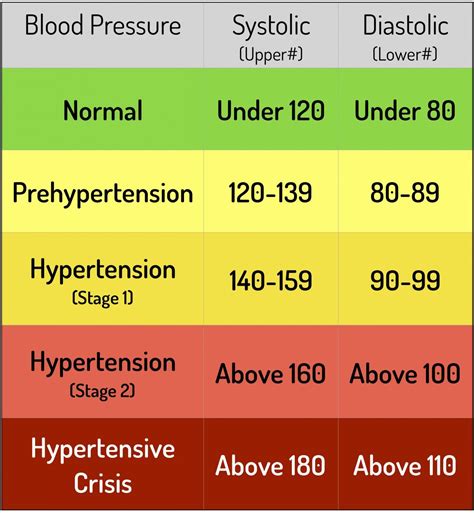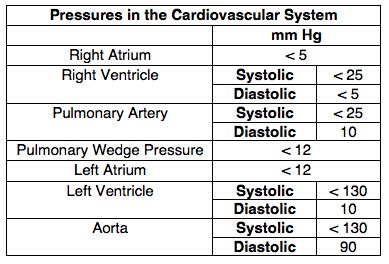lv constant pressure | Lv end diastolic pressure lv constant pressure Left ventricular (LV) diastolic dysfunction induces the increase of LV diastolic pressure and subsequently of left atrial and pulmonary capillary pressures independent of systolic function, resulting in the onset of heart failure. First Off - Launch Options. -high - lv +mat_motion_blur_percent_of_screen_max 0. High - Sets the game priority to high on the CPU process, can reduce latency. LV - Low Violence = Bodies disappear and do so quickly, no blood spatter, easy fps win.
0 · normal blood pressure chart
1 · normal Lv pressures
2 · normal Lv pressure range
3 · normal Lv filling pressure
4 · normal Lv end diastolic pressure
5 · lvedp blood pressure chart
6 · Lv pressure sensor
7 · Lv end diastolic pressure
SV refers to the air chamber size and eyelet size. Other configurations could be LV – Large or XV – Extra Large. This is important when upgrading and builds as the shock might not fit in your frame and cause issues under compression. For more information on this visit this page on the FOX website.
Left ventricular (LV) diastolic dysfunction induces the increase of LV diastolic pressure and subsequently of left atrial and pulmonary capillary pressures independent of systolic function, resulting in the onset of heart failure.The time constant of LV isovolumic pressure fall and −dP/dt max are widely used as indexes of LV relaxation and are obtained from high-fidelity LV pressure tracings. Recently, these index.
Where P is the pressure within the left ventricle; e is the base of natural . Left ventricular (LV) diastolic function is characterized by LV relaxation, chamber .LV preload can be assessed from the LV filling pressure, the LV end-diastolic volume, or LV . Left ventricular (LV) diastolic dysfunction induces the increase of LV diastolic pressure and subsequently of left atrial and pulmonary capillary pressures independent of systolic function, resulting in the onset of heart failure.
Where P is the pressure within the left ventricle; e is the base of natural logarithm, e=2.718281828.; t is the time from –dp/dt max, shortly after aortic valves closure; T is the left ventricular diastolic time constant, or Tau; B is a constant.
Left ventricular (LV) diastolic function is characterized by LV relaxation, chamber stiffness, and early diastolic recoil, all of which determine LV filling pressure. Echocardiographic signals significantly associated with LV relaxation are mitral annulus early diastolic velocity (e′), LV strain rate during isovolumic relaxation (SR IVR .
LV preload can be assessed from the LV filling pressure, the LV end-diastolic volume, or LV end-diastolic stress. The pressure distending the ventricle immediately prior to contraction is the end-diastolic pressure. To examine the independent effects of preload, assume that aortic systolic and diastolic pressure (afterload), and inotropy are held constant. The left ventricle is filled with blood from the pulmonary veins.tation, the left ventricular pressure can be expressed as: P = ADP P (5LDA) Where ADP is the aortic diastolic pressure, P is the pressure gradient between aorta and left ventricle; LDA is for left ventricular diastolic time constant in aortic regurgita-tion .
Many aspects of left ventricular function are explained by considering ventricular pressure–volume characteristics. Contractility is best measured by the slope, Emax, of the end-systolic pressure–volume relationship. Ventricular systole is usefully characterized by a time-varying elastance (ΔP/ΔV).A rate of relaxation as assessed by determines LV pressure tracing during early diastolic phase, and a extent of relaxation is considered to affect LV diastolic pressure at late diastolic phase; incomplete relaxation increases LV diastolic.
The time constant of LV isovolumic pressure fall and −dP/dt max are widely used as indexes of LV relaxation and are obtained from high-fidelity LV pressure tracings. Recently, these indexes have been shown to be noninvasively derived from the continuous-wave Doppler mitral regurgitant velocity spectrum.
In the present study, we found that Tau > 48 ms and e ′ < 5.8 cm/s were each associated with an increased risk for cardiac death or subsequent cardiovascular hospitalization in patients undergoing cardiac catheterization for CAD. In contrast, no prognostic value was observed in EDP, E / e ′, or EF. Left ventricular (LV) diastolic dysfunction induces the increase of LV diastolic pressure and subsequently of left atrial and pulmonary capillary pressures independent of systolic function, resulting in the onset of heart failure.
Where P is the pressure within the left ventricle; e is the base of natural logarithm, e=2.718281828.; t is the time from –dp/dt max, shortly after aortic valves closure; T is the left ventricular diastolic time constant, or Tau; B is a constant. Left ventricular (LV) diastolic function is characterized by LV relaxation, chamber stiffness, and early diastolic recoil, all of which determine LV filling pressure. Echocardiographic signals significantly associated with LV relaxation are mitral annulus early diastolic velocity (e′), LV strain rate during isovolumic relaxation (SR IVR .
LV preload can be assessed from the LV filling pressure, the LV end-diastolic volume, or LV end-diastolic stress. The pressure distending the ventricle immediately prior to contraction is the end-diastolic pressure. To examine the independent effects of preload, assume that aortic systolic and diastolic pressure (afterload), and inotropy are held constant. The left ventricle is filled with blood from the pulmonary veins.
normal blood pressure chart
tation, the left ventricular pressure can be expressed as: P = ADP P (5LDA) Where ADP is the aortic diastolic pressure, P is the pressure gradient between aorta and left ventricle; LDA is for left ventricular diastolic time constant in aortic regurgita-tion . Many aspects of left ventricular function are explained by considering ventricular pressure–volume characteristics. Contractility is best measured by the slope, Emax, of the end-systolic pressure–volume relationship. Ventricular systole is usefully characterized by a time-varying elastance (ΔP/ΔV).A rate of relaxation as assessed by determines LV pressure tracing during early diastolic phase, and a extent of relaxation is considered to affect LV diastolic pressure at late diastolic phase; incomplete relaxation increases LV diastolic. The time constant of LV isovolumic pressure fall and −dP/dt max are widely used as indexes of LV relaxation and are obtained from high-fidelity LV pressure tracings. Recently, these indexes have been shown to be noninvasively derived from the continuous-wave Doppler mitral regurgitant velocity spectrum.

los simpson vestido chanel
locion bleu de chanel para hombre

Now $807 (Was $̶1̶,̶0̶5̶9̶) on Tripadvisor: Four Seasons Hotel Las Vegas, Las Vegas. See 5,695 traveler reviews, 2,285 candid photos, and great deals for Four Seasons Hotel Las Vegas, ranked #13 of 248 hotels in Las Vegas and rated 4 of 5 at Tripadvisor.
lv constant pressure|Lv end diastolic pressure



























